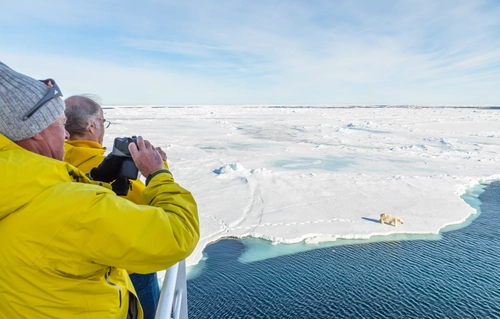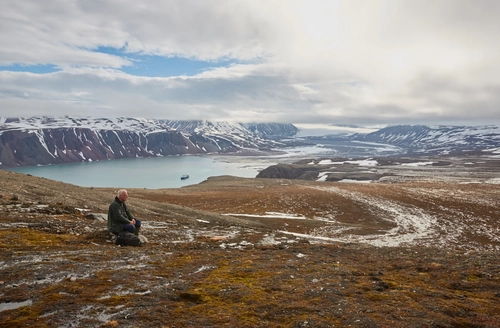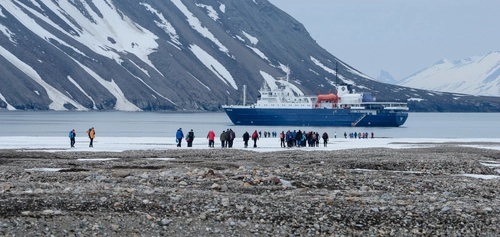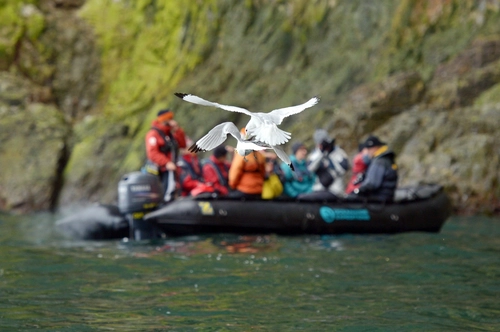If they knew their way home, why not follow them? Equipped with GPS and compass, we approached the cliffs by zodiac. First, we heard the noise from the colony – the distinct calls of guillemots, kittiwakes, and Glaucous gulls. Then the cliffs gradually emerged from the mist.
Standing over 100 meters tall, they were far more imposing than we had imagined. Some of the rock towers jutted out like fingers. In other areas, Alkefjellet – the mountain of the guillemots – resembled a medieval castle. It felt like stepping into a movie scene.
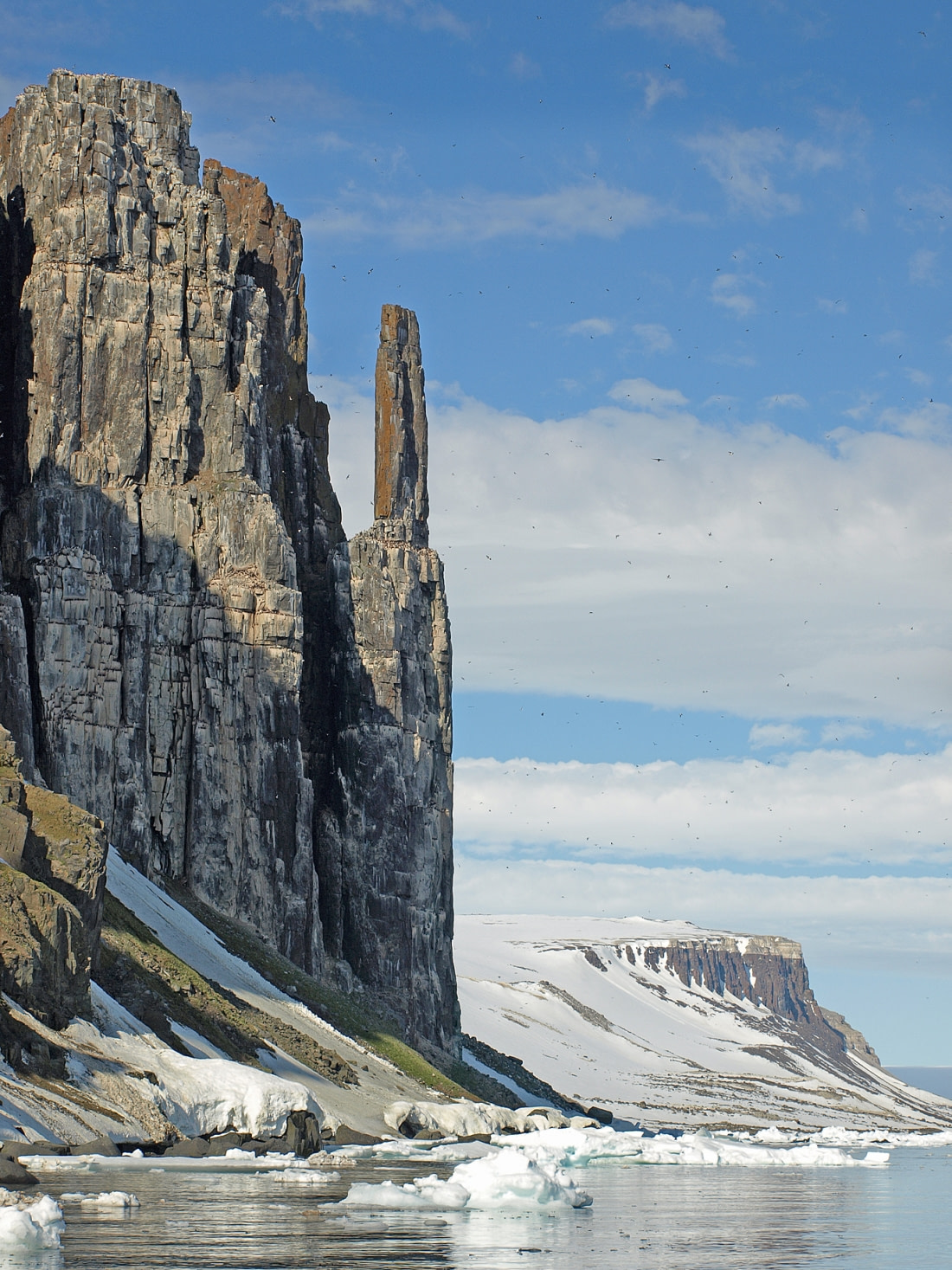
Fighting Brünnich’s guillemot at Alkefjellet
Alkefjellet may not be Spitsbergen’s largest bird cliff, but it is certainly among the most spectacular and easily accessible from the sea. As we slowly glided past the steep rock walls teeming with birds, we watched in awe: guillemots constantly taking off from the ledges, returning, splashing in the water, diving, and re-emerging. Some droppings landed on our zodiac and guano-proof clothing; we didn't mind too much as it is said to bring luck.
Two guillemots were fiercely fighting, slapping each other with their wings and trying to use their sharp beaks as weapons. They were so engrossed in their conflict that they drifted right alongside the zodiac. They even continued their battle underwater! When the fight ended after a few minutes, one bird was bleeding, and the other looked quite disheveled as well.

A magic Alkefjellet morning
By the time we reached the glacier at the northern end of the colony, we had seen and listened to thousands of birds, felt very tiny in our sturdy rubber boat towered by the rock (and bird) masses, found one of the greenish eggshells shattered on a ledge, and observed two Arctic foxes patrolling the foot of the cliff. They moved across steep tundra and snow fields, nose down, ears alert, searching for a scent or a sound.
As we finally turned around, the sun broke through, reflecting on the water while the mist still clung to the steep walls. It was as eerie as it could possibly get – a stunning finale to a magical Alkefjellet morning.

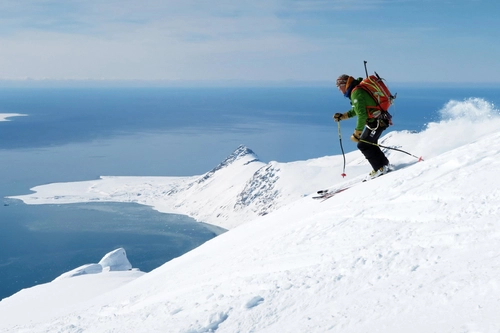
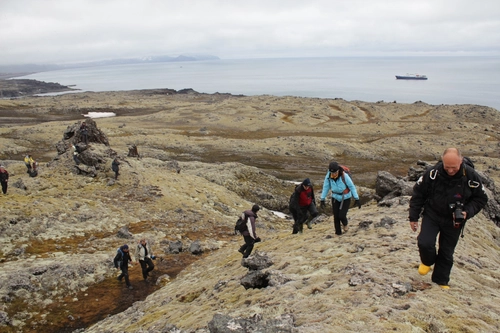
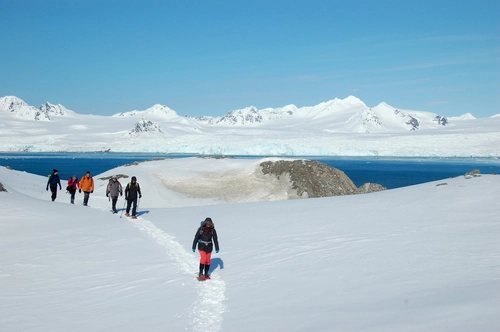
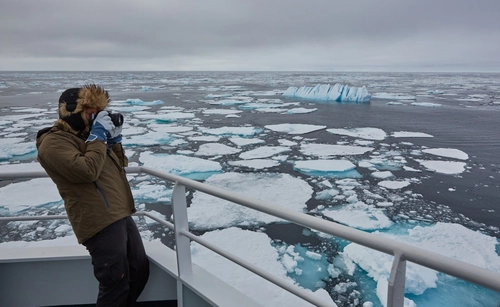
Related Trips
Blog


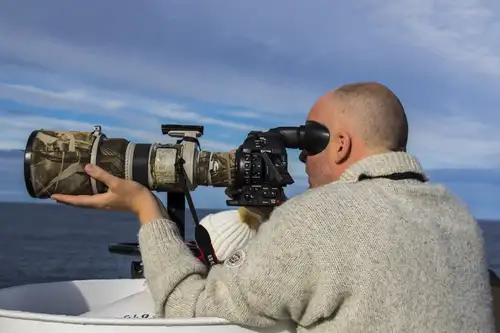
10 Tried-and-True Bird Photography Tips
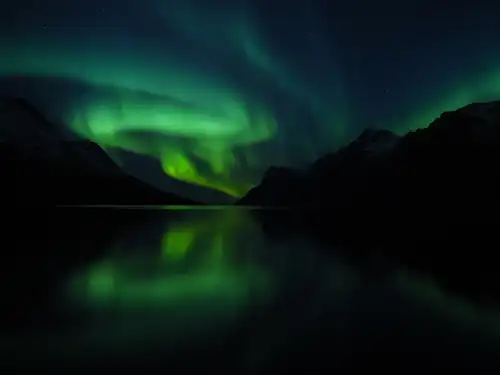
10 Illuminating Facts about the Northern Lights
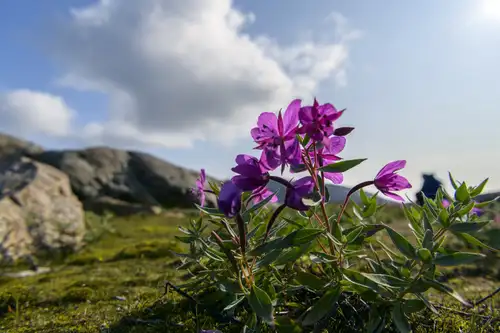
Arctic Flowers, Trees, and Other Plant Life

8 Whales You Might See During Your Antarctica Cruise
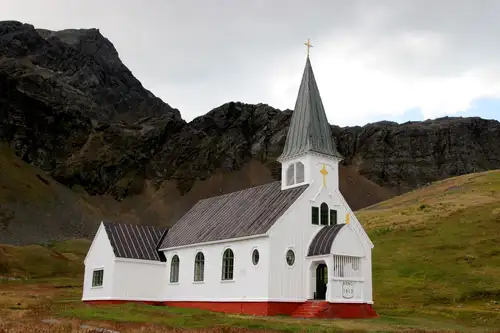
Churches in Antarctica

Birding Opportunities Abound in Spitsbergen
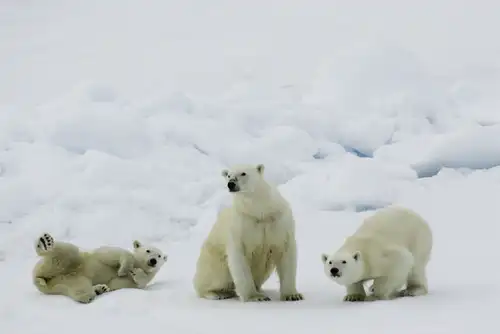
Polar bear encounter in Spitsbergen
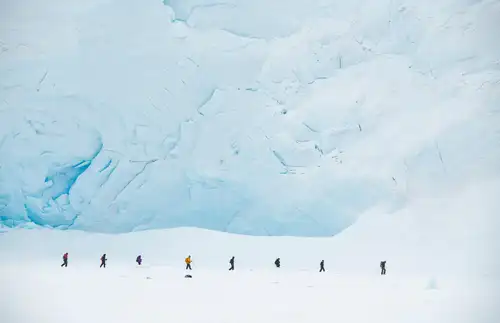
Antarctica in Pictures: Photos from 2018
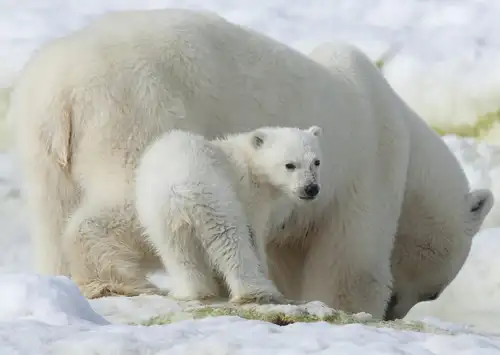
Arctic Icon: 10 Facts about the Polar Bear
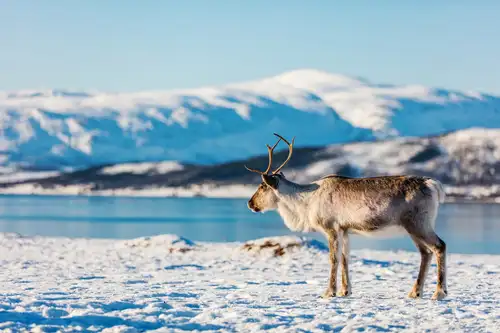
Eight Engaging Reindeer Facts
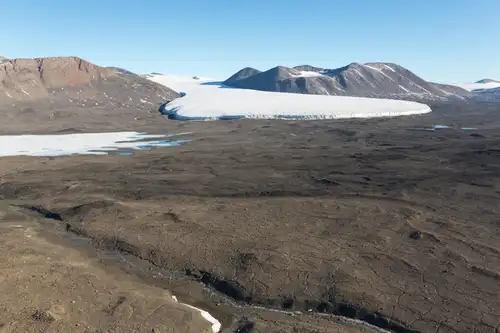
The Dirty Details of Antarctica's Dry Valleys

Seven Tips to Get the Most out of Your Expedition Cruise

Visa to Argentina for Antarctic Expedition Travelers (2025 Guide)
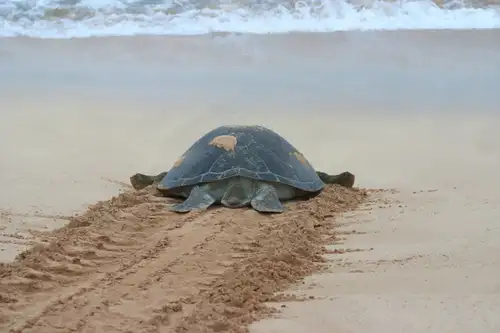
The Overlooked Treasures of Ascension Island
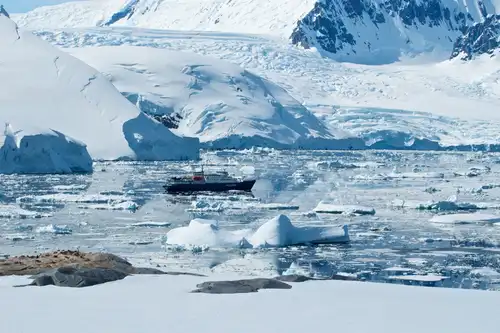
10 Books and Films To Prepare for your Antarctica cruise

Inside the Svalbard Global Seed Vault
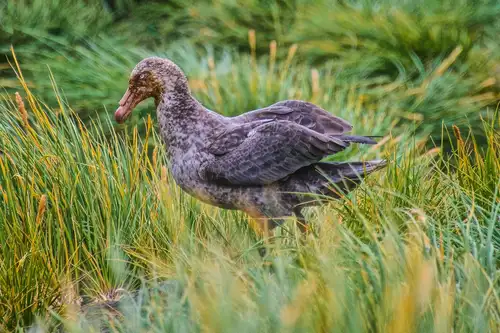
The Giant Petrels of King George Island
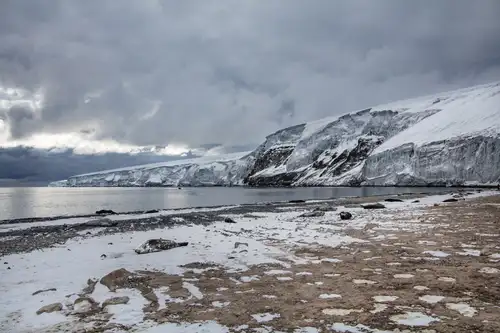
An igneous paradise: Franklin Island
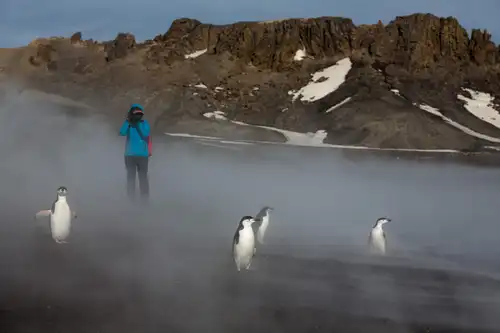
Graham Land: A landscape dominated by volcanoes



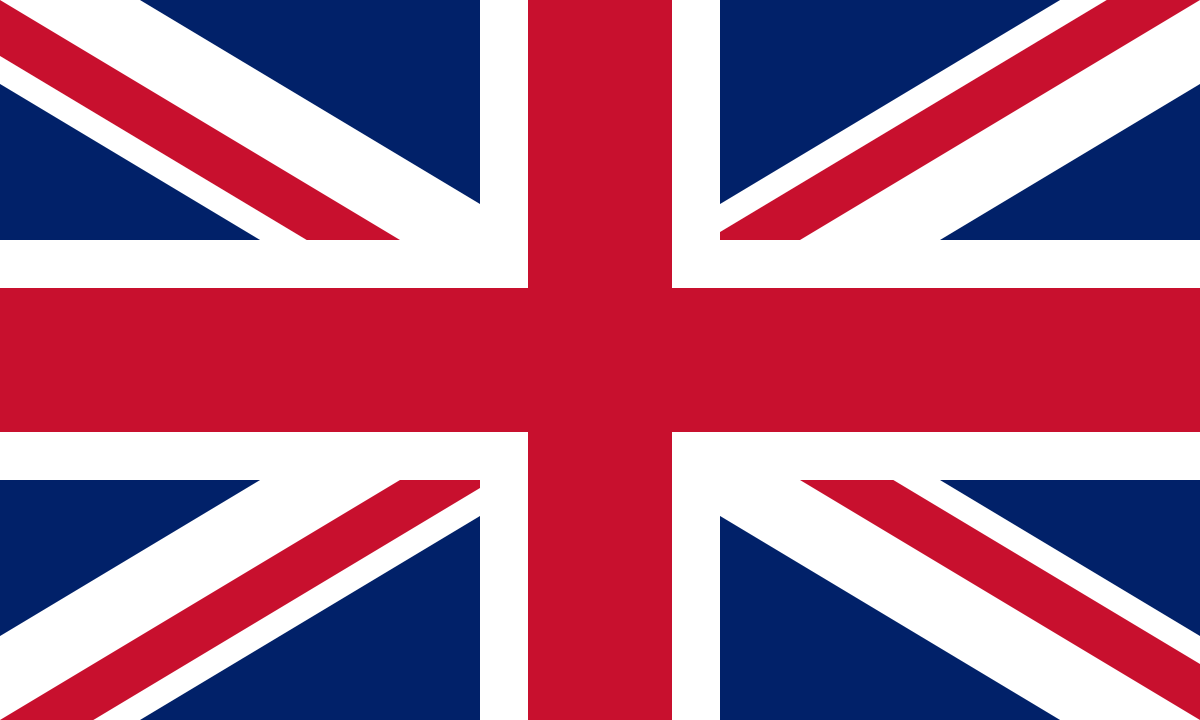
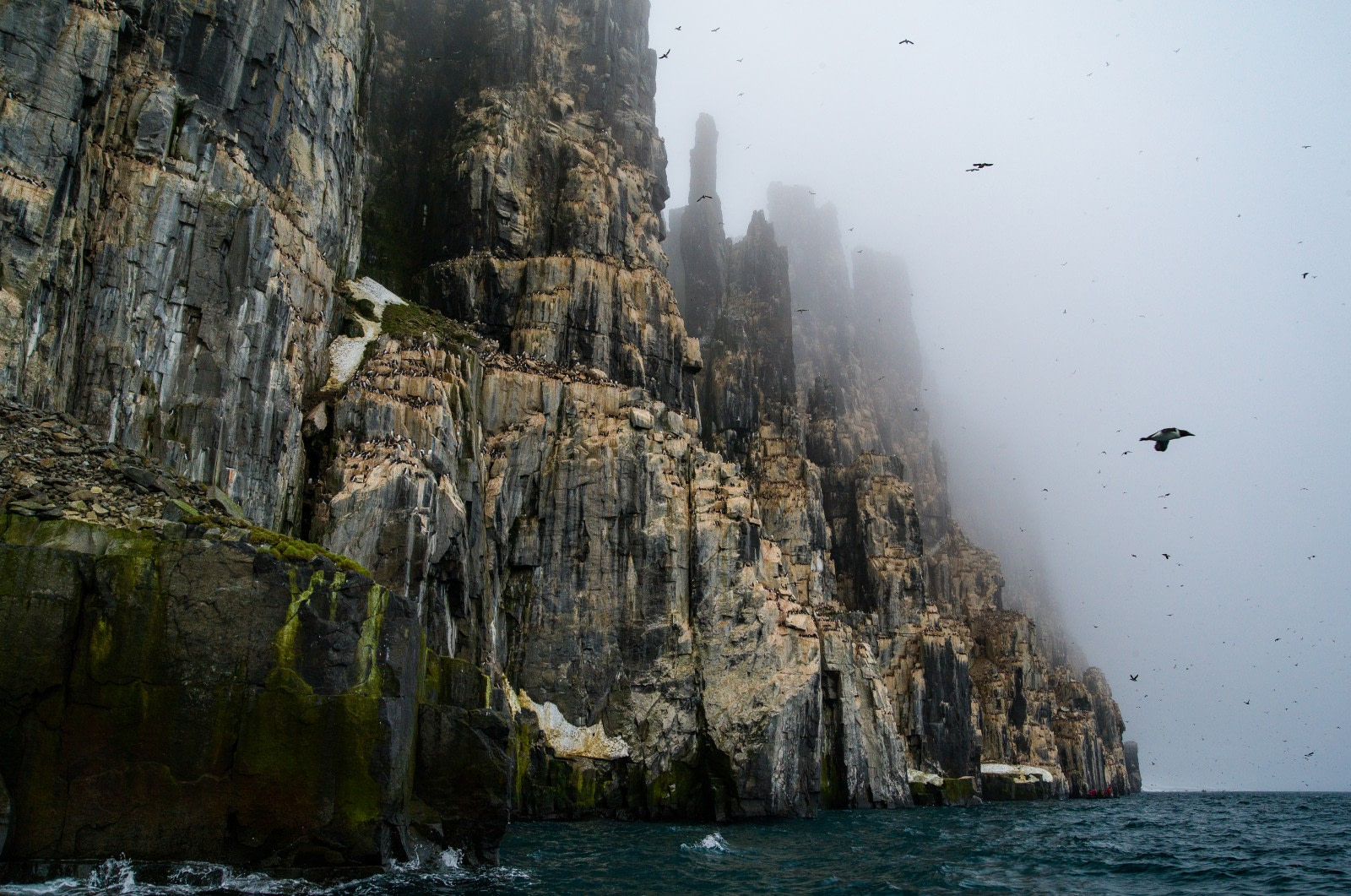

 8 Days / 7 Nights
8 Days / 7 Nights

